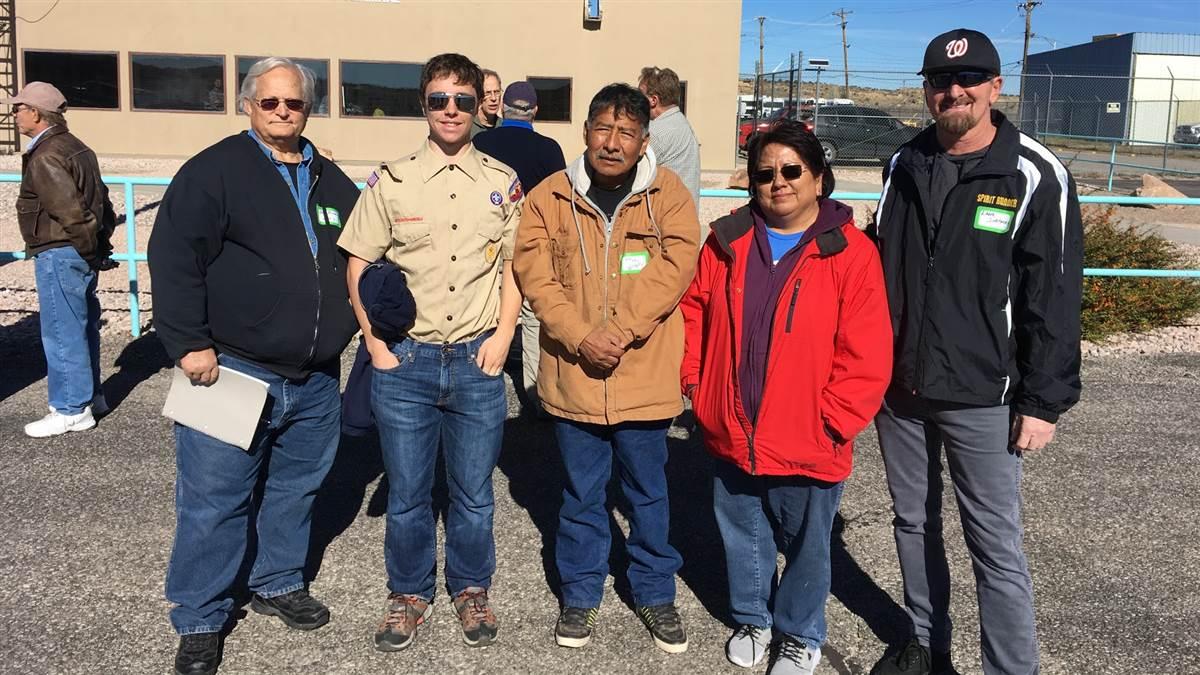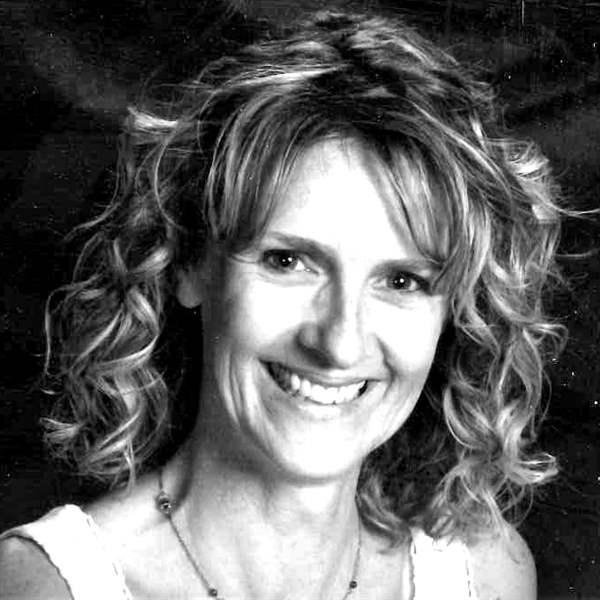Pilots: Joy to the world
Pilots bring early Christmas to the Navajo Nation

In the 1960s, a severe snowstorm in northern Arizona prevented many Navajo students at the Phoenix Indian School from returning to their homes for the holidays. After hearing about their plight, Dick and Betty McColley invited a couple of the boys to spend Christmas with their family.
Twenty years later, that encounter inspired the McColleys to launch the Navajo Christmas Airlift, an annual event in which volunteer pilots fly donated clothing, toys, and food into Gallup, New Mexico. From there, the goods are distributed across the massive Navajo reservation in northern Arizona and New Mexico. McColley, a 200-hour pilot at the time, started the airlift in 1985 with seven other pilot volunteers. Since then, the event has grown to involve around 40 aircraft that together bring in more than four tons of donations—an average of 200 pounds per aircraft. The 2017 airlift marked its thirty-second year of operation.
Dick McColley coordinated the airlift and oversaw its steady expansion through 1999. His son, Greg McColley, who earned his private pilot certificate in the inaugural year of the airlift, now coordinates the event. Greg McColley said the flights are synchronized so that aircraft converge on Gallup starting at 10 a.m. Each airplane typically includes one pilot and one passenger with all remaining space filled with bags of clothes, toys, and nonperishable food. The pilots are responsible for collecting donations and the goal is to fill every airplane to capacity.
For many Navajo families, the airlift donations make the difference between a merry Christmas and a meager one. “The Navajo Nation is heavily rural and, at 7,000 feet elevation, is among the coldest areas in the southwest,” Greg McColley explained. “Yet many communities live in essentially third-world conditions, without running water or electricity.” These conditions mean the airlift donations are sometimes the only items Navajo families receive during the holiday season. In a January 1986 letter following the first airlift, the Navajo Tribal Council chairman’s office told Dick McColley: “Your kind consideration and sacrifice made it possible for many to enjoy Christmas 1985.”
Greg McColley, now a 1,500-hour instrument-rated pilot, said he usually starts coordinating the airlift in July, although he is starting earlier and earlier as the event grows. The fly-in date has also shifted earlier. Historically, the airlift occurred on the first Saturday of December, but as the volume of donations expanded, Navajo Social Services requested delivery in early November to allow time to sort and distribute the 8,000 pounds of goods before Christmas. Two years ago, airlift growth also prompted a change in destination. For 30 years, the airlift operated into Window Rock, Arizona; in 2015, it moved to Gallup, where the ramp capacity is better able to handle the large number of aircraft.
Since Greg McColley manages the event across the entire state of Arizona, he relies heavily on a network of local volunteers to make the event a success. Pilots like Joe Russell, who has participated in the airlift for four years, are the backbone of the operation. For the 2017 airlift, Russell lined up 11 volunteer pilots in Mesa and other nearby airports. He also worked with high school senior Grant Bergen—who amassed 1,009 pounds of donations for his Eagle Scout project—to collect, sort, bag, label, and load donations onto airplanes. On Veterans Day, Russell and his team were among the 38 airplanes that arrived in Gallup to deliver their goods to a grateful team of Navajo Nation leaders.
Social services organization Thoreau Navajo Outreach helped load the donations onto trucks for transportation to a sorting center. They then were distributed across the reservation—in some cases providing the only “new” clothing people will receive until the 2018 airlift. “The tradition of giving,” Greg McColley said, “helps to truly bring the spirit and meaning of Christmas to the Navajo people.”



